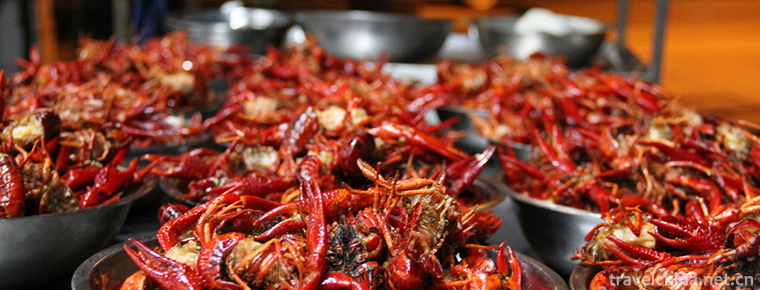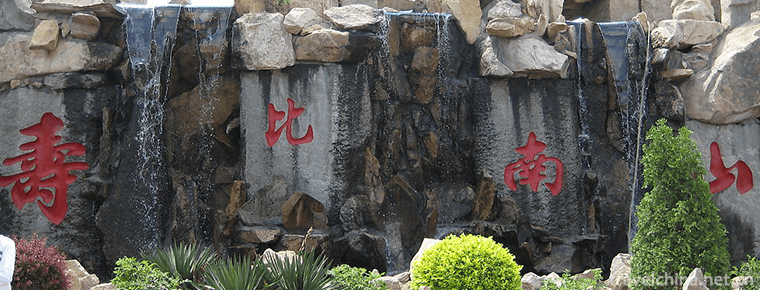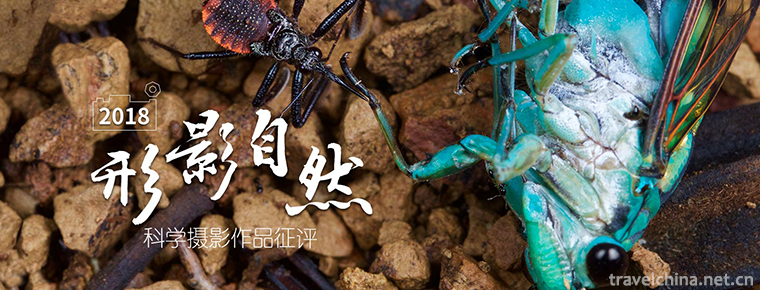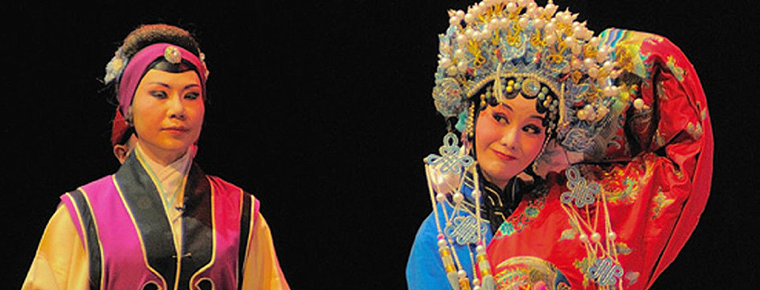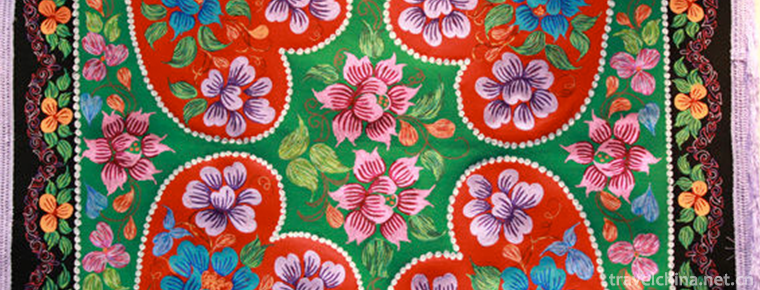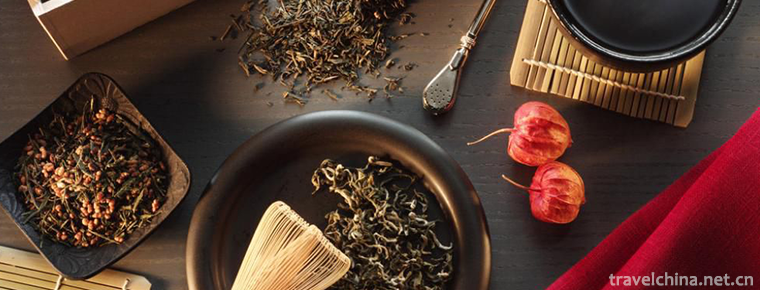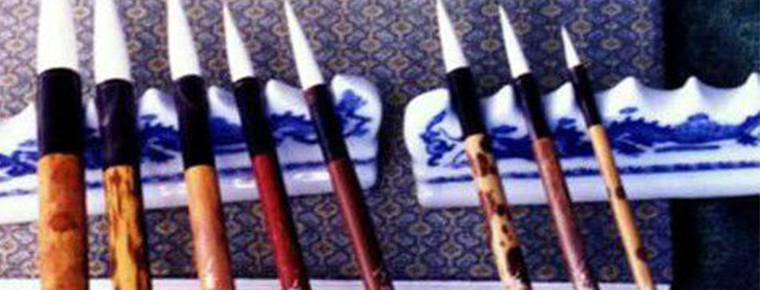The Dragon Boat Festival
The Dragon Boat Festival
Dragon Boat Festival, also known as Dragon Boat Festival, Double Boat Festival, Midday Festival, Dragon Boat Festival, Zhengyang Festival, Bath Orchid Festival, Tianzhong Festival, is a traditional Chinese festival. Dragon Boat Festival originated from celestial worship and evolved from dragon totem worship in ancient times. At the Dragon Boat Festival in mid-summer, the seven evergreens of Canglong rose to the mid-heaven in the south, which was the day when the Dragon ascended to heaven, as the fifth line of the Book of Changes Qiangua said: "Flying Dragon in the sky"; at this time, the Dragon Star was both "in the middle" and "in the right" position, in the position of great luck, Enshipu also, Longde prominent. The origin of Dragon Boat Festival covers the ancient astrological culture, humanistic philosophy and other aspects, which contains profound cultural connotations. Dragon Boat Festival is a combination of various folk customs in its inheritance and development. Its content is rich. Picking dragon boats and eating rice dumplings are the two main themes of Dragon Boat Festival. These two traditional themes have been inherited from ancient times in China and have never stopped.
Dragon Boat Festival, which originated in China, was originally a festival in which ancient ancestors worshipped dragon ancestors in the form of dragon boat races. Because Qu Yuan, a poet of the State of Chu in the Warring States Period, committed suicide by bouldering on the Miluo River during the Dragon Boat Festival, his descendants took the Dragon Boat Festival as a festival to commemorate Quyuan; in some places, there were also statements commemorating Wu Zixu, Cao E and Jie Zitui. Generally speaking, the Dragon Boat Festival originated from dragon totem sacrifice. It was regarded as the "bad moon and bad day" which originated in the north. It was injected into the summer season of "disease elimination and epidemic prevention" fashion. It also commemorated the commemoration of historical figures such as Quyuan's self-suicide in jumping the Yangtze River, and finally formed the cultural connotation of today's Dragon Boat Festival.
Dragon Boat Festival and the Spring Festival, the Qingming Festival and the Mid-Autumn Festival are also known as the four traditional Chinese folk festivals. Dragon Boat Festival culture has a wide influence in the world, and some countries and regions in the world also have the custom of celebrating the Dragon Boat Festival. In May 2006, the State Council listed the Dragon Boat Festival in the first batch of national intangible cultural heritage lists; since 2008, it has been listed as a national statutory holiday. In September 2009, UNESCO formally approved its inclusion in the List of Representatives of Human Intangible Cultural Heritage, and the Dragon Boat Festival became China's first non-heritage festival in the world.
Holiday Name
"Dragon Boat Festival" first appeared in the West Jin Dynasty, "Dragon Boat Festival in mid-summer is also called May 5, the custom of this day, and the same as the Summer Solstice." Duanwu (Duanwu), which means the beginning and the beginning in ancient Chinese, is also called Duanwu (Duanwu). "Shuowen Jiezi": "Duan, the birth of things is also a question", that is, the meaning of Duan is the beginning, so the fifth day of May is called "Duan Wujie". "Yan Jing Sui Ji": "The fifth day of the fifth day of the fifth lunar month, cover the word"end"of the transliteration is also. The ancients used to call the first few days of May Duan separately. The Guangji of Suishi said, "Dust people in Jingshi City take the first day of May as Duan 1, the second day of May as Duan 2, and even the fifth of the five so-called Duan 5."
"Pangu Wang Biao" and "Sanming Tong Hui" are both published. In ancient times, the Emperor of Yue has become the main branch of the future. The ancients used the heaven, the earth and the trunk as carriers, the heaven and the earth as carriers, the earth as carriers, and the heaven, the earth and the earth as branches to match the heaven, the earth and the personnel. According to the cadre-branch calendar, the fifth month is the "noon month", the noon day is the "double noon", and the noon day is the "sunshine", so the Dragon Boat Festival is also called the "Dragon Boat Festival".
According to statistics, the name of Dragon Boat Festival is the most commonly used in all traditional festivals in China, amounting to more than 20, such as Dragon Boat Festival, Double Boat Festival, Duanyang Festival, Duanwu Festival, Chongwu Festival, Dangwu Flood Festival, Tianzhong Festival, Summer Festival, May Festival, calamus Festival, Bath Lan Festival, Daughter's Day, Lunar Festival, Dila Festival, Zhengyang Festival, Dragon Day, Zongzi Festival, Wuhuang Festiv It includes the deconstruction of dumplings, the etiquette of dumplings, the first five days of May, the afternoon of May, and so on. Before the Tang Dynasty, the commonly used name was "May 5th". After the Tang Dynasty, "Dragon Boat Festival" replaced "May 5th" and other nicknames, and became the mainstream title. Many names of Dragon Boat Festival originated from:
Mid heaven Festival
The name of Tianzhong Festival comes from the number of Yin and Yang Shu. Tian Rucheng, Ming Dynasty, "West Lake Tour Zhiyu Volume 20 Xichao Pleasure": "Dragon Boat Festival is the Midday Festival, because the sun goes to midday at noon, reaching the highest point, especially at noon, so it is called"Tianzhong Festival".
Duanyang Festival
The noon day is "Yangchen", the first noon day of the noon month, so it is called Duanyang. In Jingchu Sui Ji, it is said that because of the ascent of the mountain in mid-summer, Shunyang is in Shangyang, and May is in mid-summer. Its first noon day is a fine day for ascending the mountain in Shunyang, so it is called "Duanyang Festival".
The Double-noon Festival
In the Ancient Ganzhi Epoch Law, Tiangan and Dizhi Branches were used as carriers, and Tiangan and Dizhi Branches were used in the epoch. The first Dragon Boat Festival is the noon day of the Ganzhi calendar, Jianyin in the first month, the fifth month is the noon month, and the noon day is called the double noon. In the Han Dynasty, due to the unification of the north and the South and the change of the calendar, the Imperial Court changed the annual Dragon Boat Festival to the 5th day of May in the lunar calendar for the convenience of the festival.
Dragon Boat Festival
Dragon boat race was the earliest form of sacrificial activities for the ancestors of the dragons in ancient Vietnam. Boat boats were widely used in South Vietnam, and dragon figures were often painted on the fore and aft of the boats as totems or gods of protection of the people. Dragon boat picking is an important activity of the Dragon Boat Festival. It is very popular in southern China, especially in Guangdong.
When the Five Floods
In some rural areas of Shanghai, the area along the North Bank of Hangzhou Bay, such as Fengxian and Nanhui, is customarily referred to as "Duanwujie" as "Dangwuxue". There are also some areas called "May afternoon".
Dragon Day
Dragon is the primitive belief of the ancient Yue people, which originated from the worship of celestial phenomena. The Oriental Canglong grows in the East in spring, rises in the south in summer, falls in the West in autumn and disappears in the north in winter. Dragon Boat Festival in mid-summer, when Canglong rises to the mid-south sky, is the day when the Dragon flies into the sky, so it is called the Dragon Festival. At the Dragon Boat Festival, the main spark of Canglong (Antarctica 2) hangs high in the middle of the south, and the Dragon Gas (Yangqi) is vigorous. Cantonese call the rainwater during the Dragon Boat Festival "Dragon Rainfall" or "Dragon Boat Water". They think that this kind of water is auspicious water and has the function of eliminating evil spirits.
Bath Orchid Festival
Dragon Boat Festival is midsummer, which is a season of frequent skin diseases. Ancient people used to bathe in orchid soup to decontaminate. In Da Dai Li of Han Dynasty, it is said that "bathing in orchid soup at noon".
Acorus calamus
The ancients believed that calamus had the function of eliminating evil spirits. In the Dragon Boat Festival, calamus was hanging on the door to eliminate evil spirits. Therefore, the Dragon Boat Festival is also called "calamus festival".
Avoid noon
In May, in ancient times, the North called it "evil moon", so in some places on the day of Dragon Boat Festival, parents sent children under the age of one year to their grandmother's house to hide, in order to avoid evil, so it is called "hiding at noon festival".
Daughter's Day
Ming Shenbang Wan Shu Zaji: "May Daughter's Day, the Dragon Boat Festival rope, wearing Aiye, five poisonous spiritual charms. From the first day of May to the fifth day of the fifth day of the fifth day of the fifth day of the fifth month of the fifth month of the twentieth month of the twentieth month of the twentieth month of the twentieth month of the twentieth century, the Married women also return to peace because they call it Daughter's Day."
Wax Festival
The Taoist "Red Pine Zi Zhangli" divides the whole year into five wax, the first day of the first January and the fifth day of the fifth May. "Yundu Qijian" said: Five Dila in early May, on this day the five great emperors will be in Sanhuangdan, South China; the ancestors of Chasheng people will examine and see the good and evil done by their descendants, in order to convict the blessings. Taoism believes that these days of the year are auspicious days, suitable for sacrificing ancestors and gods to pray for blessings.

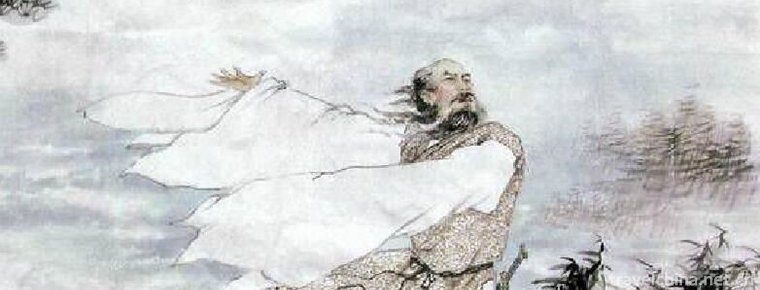
-
taste shrimp
Taste shrimp, also known as spicy crayfish, Changsha taste shrimp, spicy crayfish and so on, is a well-known traditional snack in Hunan Province.
Views: 206 Time 2018-11-14 -
Longkou Nanshan Scenic Area
Nanshan tourist scenic spot is located in the beautiful scenery of Lu Shan in Longkou City, Yantai City, Shandong province. The scenic spots of Nanshan Temple.
Views: 116 Time 2018-12-08 -
Beijing Museum of Natural History
The Beijing Museum of Natural History is located in the overpass area on the central axis of the capital's southern city. It is backed by the Tiantan Park, a world cultural heritage.
Views: 130 Time 2018-12-15 -
Qianwei ecological village
Qianwei Village is located in the middle of Chongming Island, 23 kilometers away from Nanmen Port, close to Dongping Forest Park. Once a desolate and silent village, now it has both urban scenery and .
Views: 275 Time 2018-12-26 -
Plaque Custom Hakka Plaque Custom in South Jiangxi
Hakka plaque custom in southern Jiangxi has gradually developed with the migration of northern scholars to southern Jiangxi. Hakka traditional custom in rural areas has been formed.
Views: 142 Time 2019-04-04 -
Chu opera
Chu Opera, a local traditional drama in Hubei Province, is one of the national intangible cultural heritage..
Views: 195 Time 2019-04-18 -
Kazakh felt embroidery and cloth embroidery
Kazakh folk traditional felt embroidery and cloth embroidery handicraft are mainly spread in Xinjiang Kazakh soft residential areas, such as the Sixth Division Red Banner Farm.
Views: 339 Time 2019-05-02 -
Black Tea Production Techniques
Black tea, originally known as "Border Tea", was smuggled across the border by merchants as early as the end of the 16th century. In the Ming Dynasty, black tea was designated as.
Views: 113 Time 2019-05-03 -
Craftsmanship of Lake Pen
Hubi craftsmanship, the traditional handicraft of Shanlian Town, Huzhou City, Zhejiang Province, is one of the national intangible cultural heritage..
Views: 193 Time 2019-05-03 -
Chinese Fashion Making Skills
Chinese style clothing (dragon and Phoenix cheongsam) originated from the late Qing and Qianlong dynasties, and is the inheritor of the Shanghai style cheongsam. Hengsheng's suit, which originated in .
Views: 174 Time 2019-08-03 -
Yulei mountain
Yulei mountain, according to the original note of "Mian County" in the book of geography of Han Dynasty, "the water of Yulei mountain flows from southeast to Jiangyang and enters into the river." In Shuo Wen, the word "Yu" is written as "the water flows out of Sichuan county, Mian Yu Lei, Shandong Province, and enters the river in the south of Shandong Province.
Views: 404 Time 2020-11-08 -
Mianyang economy
In 2019, the gross domestic product (GDP) of Mianyang City will reach 285.620 billion yuan, which will increase by 8.1% according to the comparable price. The growth rate is 0.6 percentage points higher than the average level of the whole province..
Views: 131 Time 2020-12-14
